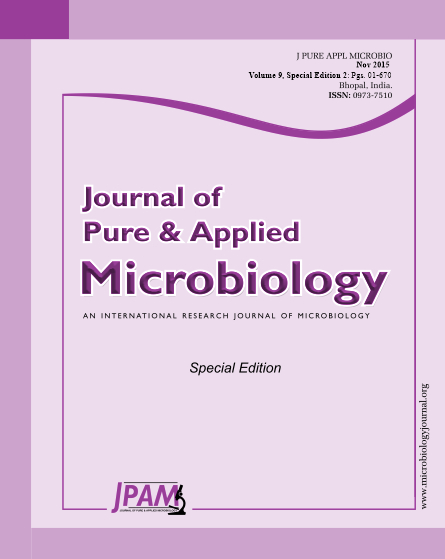The main objective of this research is to investigate the growth rates and CO2 sequestration potential of local and commercial strains of microalgae. Two local strains used were Chlorella Sorokiniana (UKM 2) and Characium sp. (UKM 1), both isolated from Palm Oil Mill Effluent (POME) and two commercial strains used were Chlorella Vulgaris and Ankistrodesmus sp.. The highest performance showed by C.Vulgaris where its growth rates was µm=0.47d-1 followed by Ankistrodesmus sp. µm=0.43d-1, C. sorokiniana µm=0.4d-1 and Characium spµm=0.37-1. Based on the yield, Ankistrodesmus sp. had highest yield which is 3g/L, followed by C.Vulgaris 2.72g/L, C.Sorokiniana 2.52g/L and Characium sp. 2.27g/L. CO2 sequestration rate was calculated based on the microalgae’s yield where Ankistrodesmus sp. showed highest CO2 sequestration, at 5.64g/L.
Locally isolated strain, commercial strain, growth profile, carbon dioxide sequestration
© The Author(s) 2015. Open Access. This article is distributed under the terms of the Creative Commons Attribution 4.0 International License which permits unrestricted use, sharing, distribution, and reproduction in any medium, provided you give appropriate credit to the original author(s) and the source, provide a link to the Creative Commons license, and indicate if changes were made.


